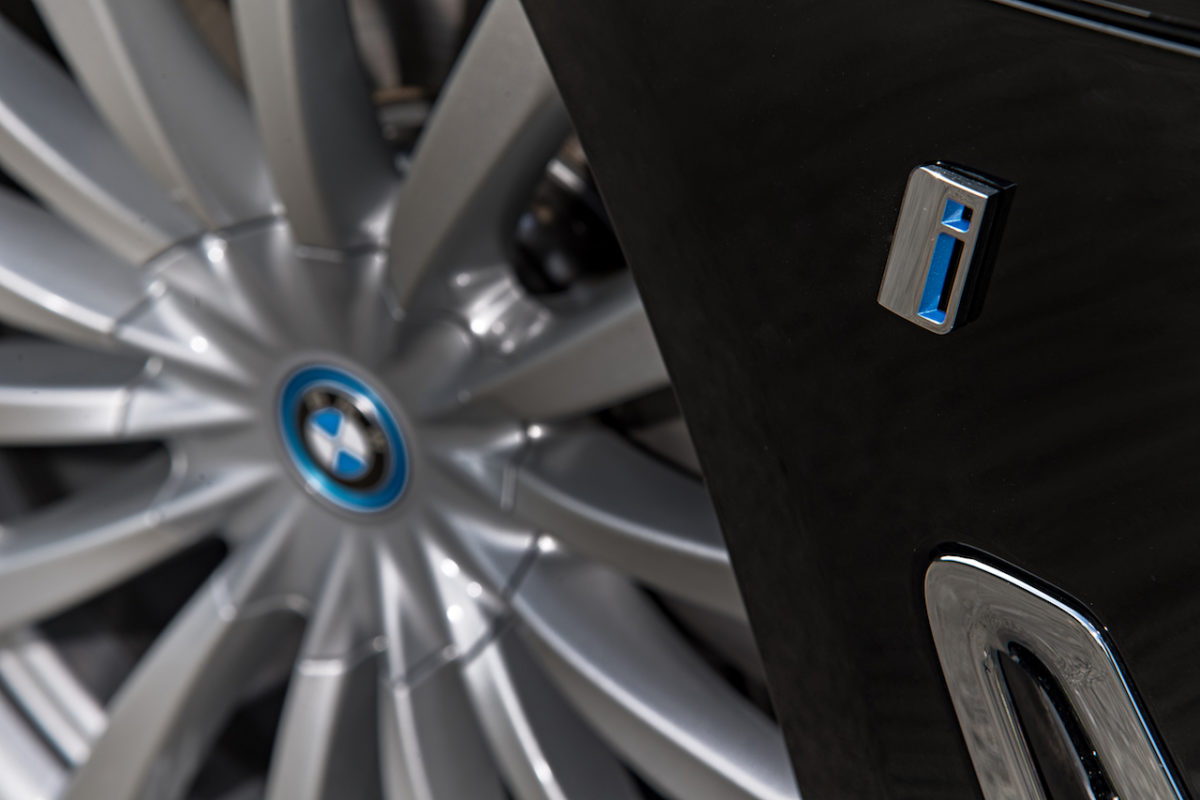BMW electrification expansion full speed ahead


The BMW Group has made great strides in the area of automobile electrification particularly in the last few years, now holding the title of the world’s third-largest manufacturer of electric vehicles and selling over 62,000 units last year alone. The company has confirmed its intentions to continue to invest in the segment with an announcement of a new EV coming in 2021, the iNEXT, as well as the planned expansion of existing plants to handle increased EV output.

“Going forward, the BMW production system will create structures that enable our production facilities to build models with a combustion engine, plug-in hybrid or fully electric drive train at the same time. This will give us unique flexibility and put us in an optimal position on the cost side,” said Oliver Zipse, member of the BMW Group board of management.
There are already currently nine electrified examples, eight of them plug-in hybrids, rolling out of nine factories across the globe and many more on the way. In the meantime, here is some additional information on currently available green offerings from the luxury automaker:

BMW 330e
The 330e represents all the great things about the normal 3 Series, merged with eDrive technology. A 65-kilowatt electric motor bolsters a four-cylinder engine producing a total 252 horsepower and 310 lb-ft of torque, sent to the rear wheels. A selectable electric-only MAX eDRIVE mode allows the car to travel approximately 40 emissions-free kilometers at speeds up to 120 km/h.

BMW 530e
Bigger brother to the vehicle above, the powertrain is similar between the two although the 530e utilizes an all-wheel drive setup perfect for wetter climates like our own. Boasting a big 9.2 kilowatt-hour battery (1.6 larger than the 330e), MAX eDRIVE mode can achieve a slightly higher top speed of 140 km/h. A complete charge using a regular household 120-volt outlet takes approximately seven hours.

BMW 740e/740Le
Whether customers choose the standard or long wheelbase plug-in 7 Series, they will experience a quiet and comfortable ride and simultaneously achieve astounding fuel economy to the tune of 1.75 L/100 km and 2.0 L/100 km, respectively. The 740e/Le may be efficient, but it’s certainly no slouch: the combined 326 horsepower and 369 lb-ft of torque gets both versions of large sedan from 0 to 100 km/h in less than 5.5 seconds.

BMW X5 xDrive40e
Not limiting itself to cars, BMW demonstrates further commitment to a greener portfolio by also electrifying the X5 crossover. While the shape is different, the concept of mating an electric motor to a TwinPower Turbo gasoline mill remains the same. One feature special to the xDrive40e platform is an intelligent energy management system that works in conjunction with the onboard navigation. When a destination is set, the computer takes calculates everything from brake energy regeneration to real-time traffic data and determines whether it is possible to travel the entire route on pure electricity.

